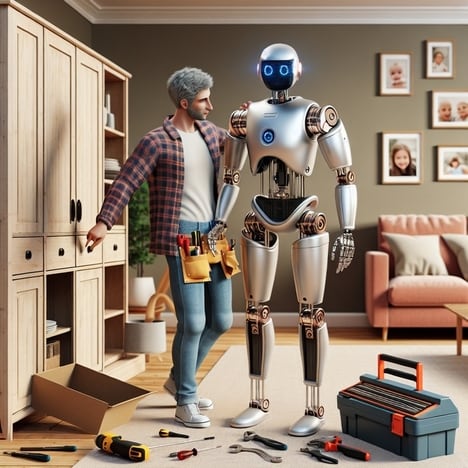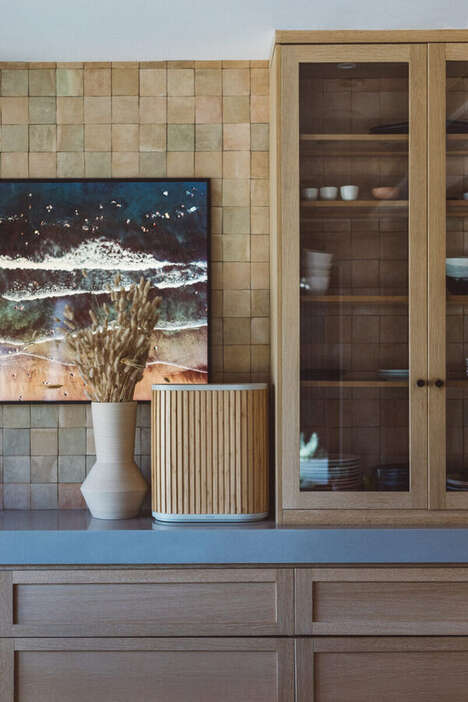Good to Great: AI and the Future of Home Maintenance
Related Trend Reports
Business, Eco Architecture, Furniture, Health, Home, Luxury, Market, Modern, New Ventures
In an era where digital transformation often takes center stage through flashy consumer technologies and headline-grabbing advancements, a more subtle revolution is unfolding in an unexpected place: home repair and maintenance. This shift represents not merely a technological upgrade but a fundamental reimagining of how we interact with our living spaces, transforming ordinary homes into sophisticated hubs of intelligent prediction and precision.
The Democratization of Expert Diagnostics
Smart diagnostic applications are rapidly becoming the cornerstone of this transformation, functioning as the equivalent of having an expert technician on standby. These intuitive tools harness computer vision and sophisticated AI algorithms to diagnose household issues from a simple photograph or brief video clip. Similar to how an experienced professional can instantly identify problems without extensive investigation, these applications provide homeowners with immediate insights that were previously inaccessible without specialized knowledge or costly service calls.
When paired with conversational AI interfaces, these diagnostic tools create a seamless experience that empowers homeowners to make informed decisions about repairs and maintenance. The result is a significant reduction in both the time and financial investment traditionally associated with home upkeep.
Predictive Maintenance: From Reactive to Proactive
The most innovative advancement in this space is the shift toward predictive maintenance—a strategy that fundamentally alters the home repair paradigm. Companies like Augury and Neuron Soundware are pioneering acoustic monitoring technology that can detect the subtle sounds of impending mechanical failures long before they become apparent to human senses.
This approach represents a departure from the traditional break-fix model that has dominated home maintenance for generations. By identifying potential issues before they manifest as failures, predictive maintenance extends equipment lifespan while simultaneously reducing long-term costs. The true value proposition here isn't just in the convenience but in the exceptional performance outcomes that result from continuous monitoring and early intervention.
The Rise of Autonomous Repair Solutions
Perhaps the most visible manifestation of AI's impact on home repair comes in the form of autonomous robots and drones designed for specific maintenance tasks. Established players like iRobot and Dyson, alongside emerging startups, are developing machines that can perform increasingly complex repairs and inspections without human intervention.
This development mirrors the David-versus-Goliath narrative that often characterizes disruptive innovation: small, agile, AI-powered devices successfully addressing challenges that once required significant human expertise and effort. These compact yet sophisticated machines represent a fundamental shift in how we approach home maintenance, proving that revolutionary solutions frequently emerge from unexpected directions.
The Broader Implications
Understanding this AI-driven revolution in home repair requires looking beyond the technology itself to consider how it reshapes the relationships between consumers, service providers, and the physical infrastructure of our homes. For businesses operating in adjacent spaces, recognizing this shift presents opportunities to develop complementary offerings that enhance the overall home maintenance ecosystem.
As we progress further into this new era of intelligent home care, the companies that thrive will be those that recognize the value of integration—connecting disparate systems into cohesive networks that deliver comprehensive solutions rather than isolated capabilities.
The quiet transformation of home repair through artificial intelligence exemplifies how innovation often occurs in unexpected places, reshaping even the most established industries through the application of cutting-edge technology to solve everyday problems. For forward-thinking businesses, this represents not just a technological evolution but a strategic opportunity to reimagine fundamental aspects of how we maintain and interact with our living spaces.


